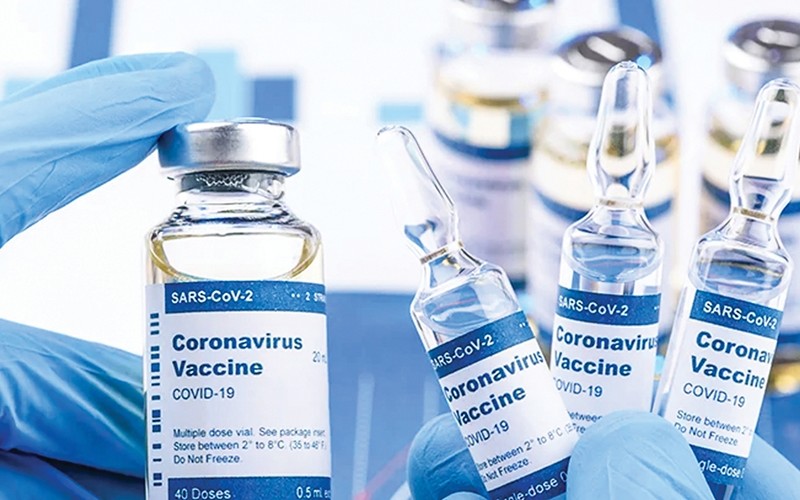According to Our World in Data, about 66.4% of the world’s population has been vaccinated with at least one dose of a COVID-19 vaccine, with more than 11.2 billion doses of the vaccine having already been administered. The shortage of vaccines that was an issue throughout 2021 has now gone and now there is now the risk of an oversupply of COVID-19 vaccines.
According to analytics company Airfinity, more than 9 billion doses of COVID-19 vaccines could be produced in 2022, while demand is forecast to fall to between 2.2 and 4.4 billion doses per year from 2023.
The COVID-19 Vaccines Global Access, COVAX, run by the World Health Organisation (WHO), has also said that current vaccine stockpiles have exceeded demand. Vaccine distribution, effectiveness, and skepticism are key challenges in the implementation of vaccination policies in many places. In addition, the view that the Omicron variant does not cause severe disease and that vaccines cannot prevent infection but only prevent severe disease is also another reason for the decreasing demand.
The risk of a vaccine surplus has impacted sales and stock values of the world’s top pharmaceutical companies. Local pharmaceutical companies, after long efforts to self-supply vaccines, now also face overproduction.
In India, home to the world’s largest vaccine industry, the oversupply problem is becoming serious. Most people have been vaccinated, while the booster shot has not been a focus, so pharmaceutical companies have had to struggle to maintain the operation of their factories.
Apart from the amount of vaccines pledged to be bought by governments, other orders do not appear to be a sufficient guarantee for these companies to continue production. With a large amount of capital invested in the production of COVID-19 vaccines, companies cannot stop operating and negatively affect the lives of their workers.
Meanwhile, according to the WHO, the BA.2 sublineage of the Omicron variant is currently causing 86% of all global COVID-19 cases, raising concerns about the possibility of a new outbreak. Data from the UK Health Security Agency (HSA) show that vaccine protection is restored after booster shots, particularly in terms of reducing the risk of hospitalisation and death for cases infected with the BA.2 as well as other sublineages of the Omicron variant.
The US Centre for Disease Control and Prevention (CDC) has also said that the vaccine has been effective during the outbreak caused by the Omicron variant, helping people who have received their booster dose reduce the risk of death by up to 21 times and reduce the risk of hospitalisation by up to 7 times compared with that of unvaccinated people.
On that basis, the US Food and Drug Administration (FDA) has licensed the use of the COVID-19 vaccines of Pfizer/BioNTech and of Moderna for a 4th injection, also known as the 2nd booster shot for groups at risk of immunodeficiency. The European Union (EU) is also considering a fourth shot for people over 60 years old.
WHO is constantly warning that this is not the time to declare the end of the COVID-19 pandemic. After all, only 14.5% of people in low-income countries have received at least one dose of the COVID-19 vaccine, far short of the WHO’s target of vaccine coverage for 70% of the population of each country, thereafter being able to end the “acute phase” of the pandemic in 2022.
Therefore, as skepticism continues, an excess supply of vaccines is causing a huge waste of resources while the SARS-CoV-2 virus is constantly changing, hindering efforts to overcome the pandemic soon and fully return to normal life.
















